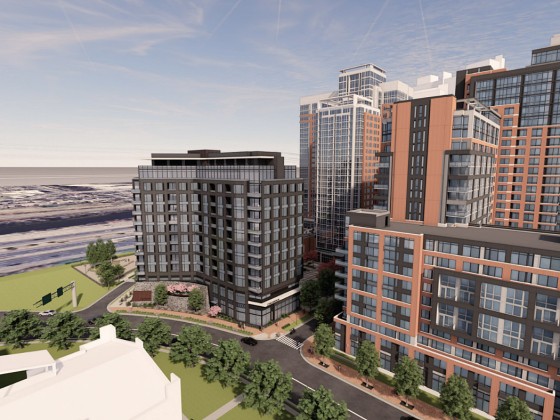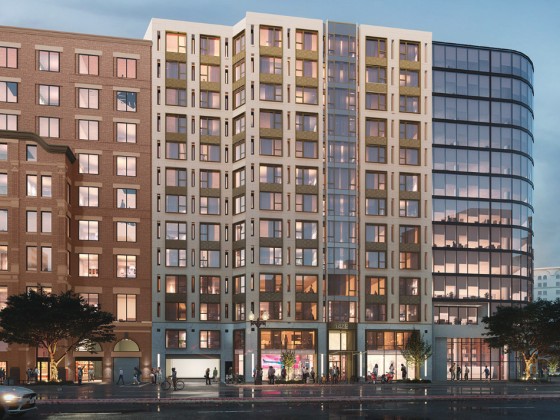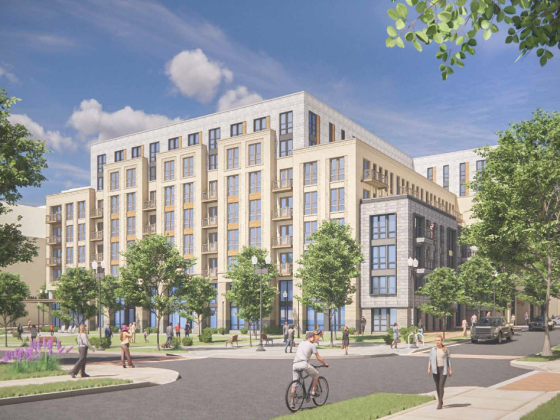What's Hot: 110-Unit Condo Project Planned in Alexandria Coming Into Focus | DC's Most Anticipated Restaurant To Open Its Doors
 The State of the Nation's Housing
The State of the Nation's Housing
✉️ Want to forward this article? Click here.

Housing cost burdens in the DC metro area
The Joint Center for Housing Studies (JCHS) recently released their annual State of the Nation’s Housing report, which reveals how the inverse relationship between homeownership and rental rates across the country has led to an increase in households in which housing costs are severely burdensome.
Following the housing crisis in 2008, a wave of foreclosures, more-stringent credit standards to attain mortgages and other factors such as student loan burdens, the country’s homeownership rate is now much lower.
Despite a relatively strong recovery for housing construction starts, the rental market has become the main driver of the housing recovery. The JCHS report states that “rental demand has risen across all age groups, income levels, and household types, with large increases among older renters and families with children.” The resultant five-year drop in rental vacancies has led to inflated rents and a greater share of cost-burdened renter households.
story continues below
loading...story continues above
Conversely, the share of cost-burdened homeowners has decreased, partially due to foreclosures pushing financially-strained homeowners out of the market.
Overall, the report finds that at least one in 10 households nationwide are severely cost-burdened, with an average of 10-25 percent of households spending more than half of their income on housing in most metropolitan areas. An additional 17 percent of all households spend 30-50 percent of their income on housing, which qualifies them as moderately cost-burdened.
The DC area is no exception to these broader trends. The report shows that 14.7 percent of all households in the region, where median housing costs are $1,700 a month, deal with severe cost burdens. An additional 18.6 percent of DC-area households are moderately cost-burdened.
Housing costs for renters, as defined by the JCHS report, are a gross measure including both rent and utilities, while costs for homeowners include mortgage, property taxes, insurance, utilities and additional homeowner fees. As with many nationwide housing studies, the DC metropolitan area includes a broad swath of the city’s suburbs, from Gaithersburg down through Reston and including Jefferson County, West Virginia.
See other articles related to: housing policy, housing reports, rent affordability
This article originally published at http://dc.urbanturf.production.logicbrush.com/articles/blog/the_state_of_the_nations_housing/11410.
Most Popular... This Week • Last 30 Days • Ever

A look at the closing costs that homebuyers pay at the closing table.... read »

3331 N Street NW sold in an off-market transaction on Thursday for nearly $12 million... read »

Paradigm Development Company has plans in the works to build a 12-story, 110-unit con... read »

The development group behind the hotel has submitted for permit review with DC's Hist... read »

The map and text amendment applications that were filed with the Commission last Octo... read »
- How Do Closing Costs Work in DC
- Georgetown Home Sells For $11.8 Million, Priciest Sale in DC In 2024
- 110-Unit Condo Project Planned in Alexandria Coming Into Focus
- Georgetown Hotel That Is Partnering With Jose Andres Looks To Move Forward
- The Zones That Could Lead To More Development in Chevy Chase Set To Go Before Zoning Commission
DC Real Estate Guides
Short guides to navigating the DC-area real estate market
We've collected all our helpful guides for buying, selling and renting in and around Washington, DC in one place. Start browsing below!
First-Timer Primers
Intro guides for first-time home buyers
Unique Spaces
Awesome and unusual real estate from across the DC Metro














